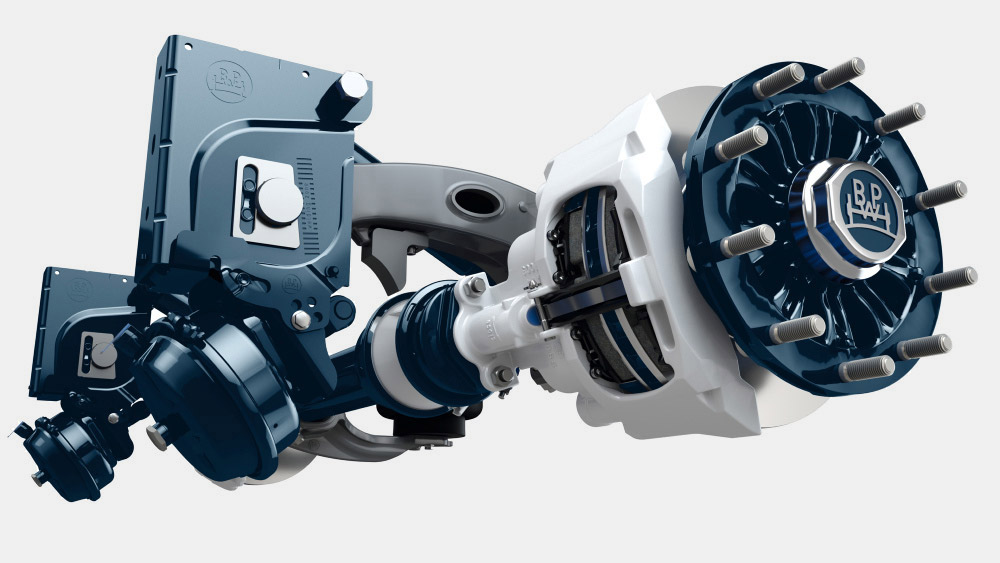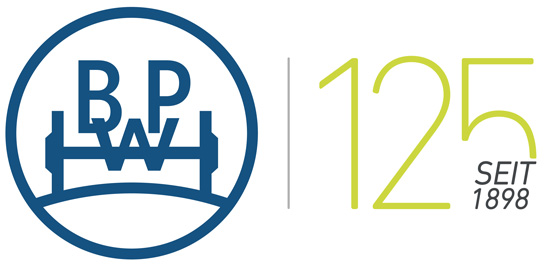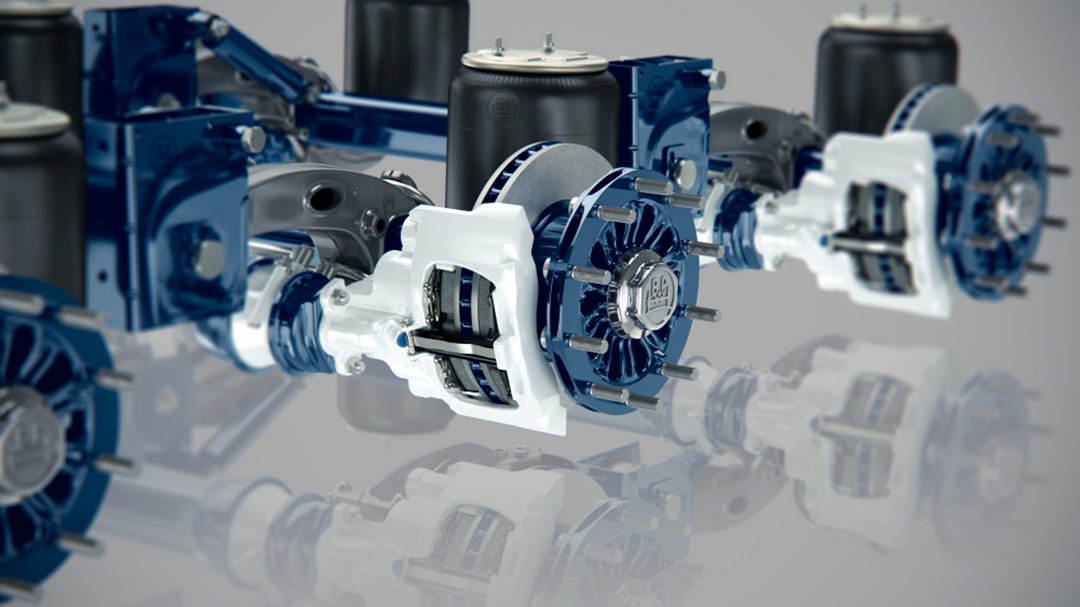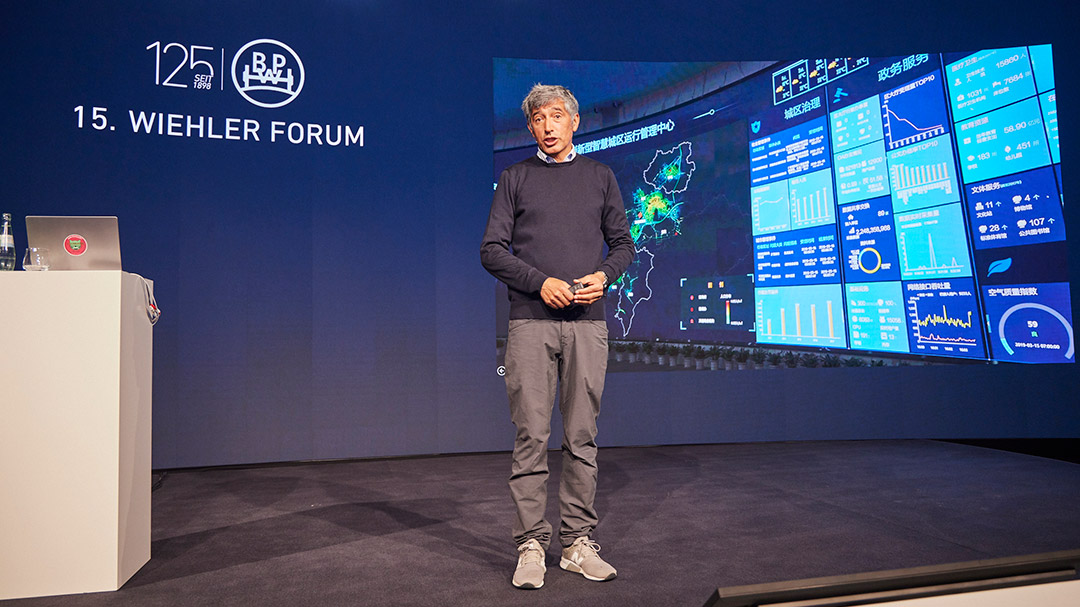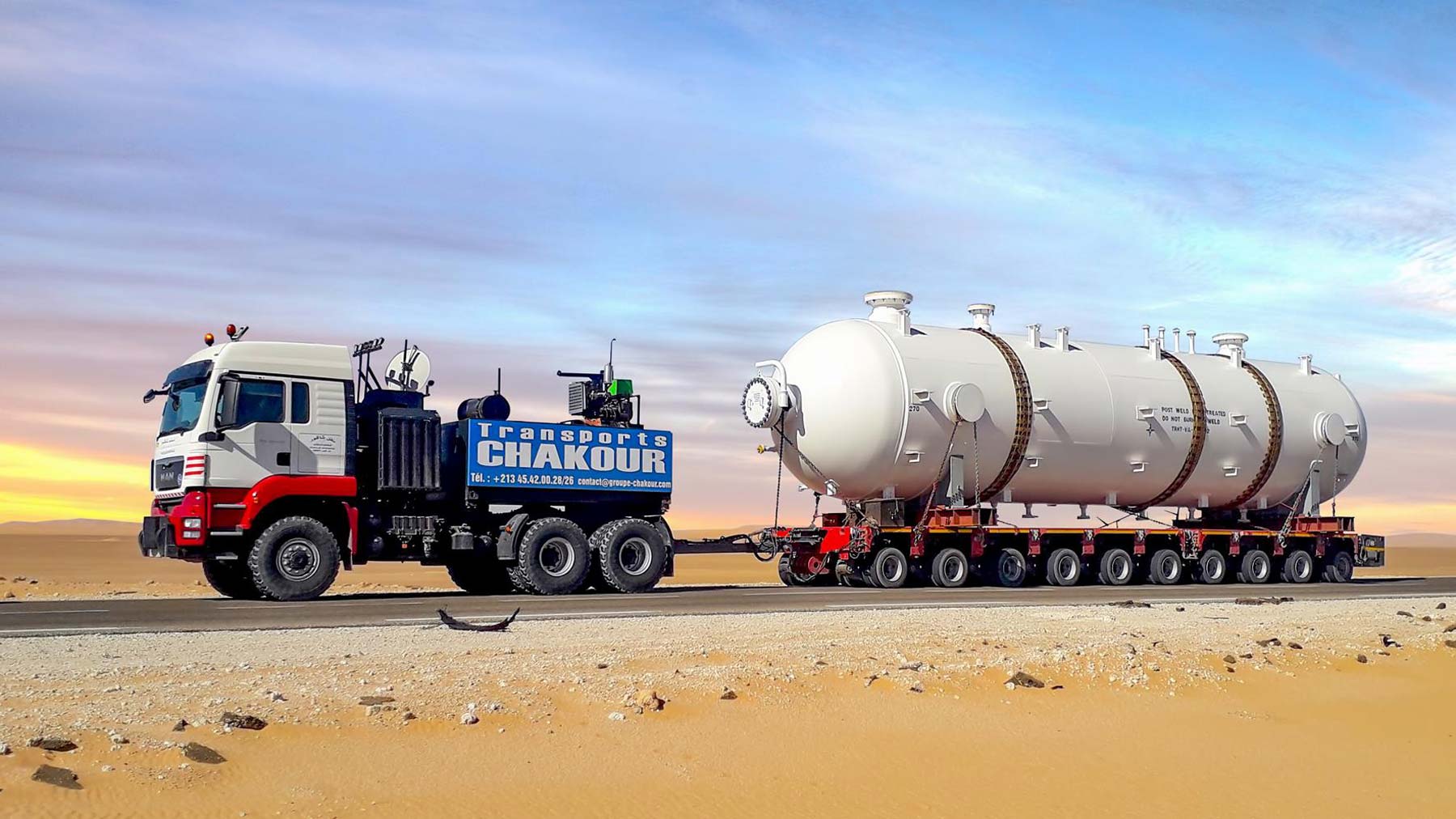Text: Oliver Schönfeld
Photos: BPW
The seemingly simplest ideas often prove to be particularly effective and sustainable. BPW's intelligent tracking adjustment was such an ingenious idea: it enables rapid fine adjustment, both during vehicle construction and in the event of repair.

»With dip-painting processes, it was no longer practical to weld the fully assembled axle unit onto the vehicle frame and then paint it together with the vehicle frame in one operation.«
Hans Werner Kopplow, Head of the Electromobility Business Unit at BPW
Adjusting tracking without loosening the spring U-bolts
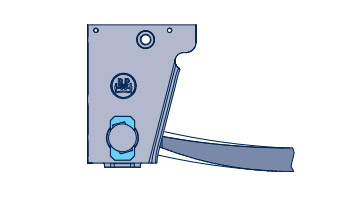
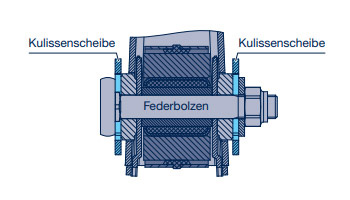
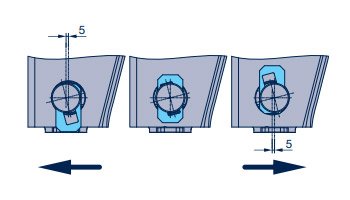
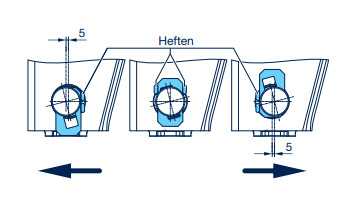
Considerable time saving
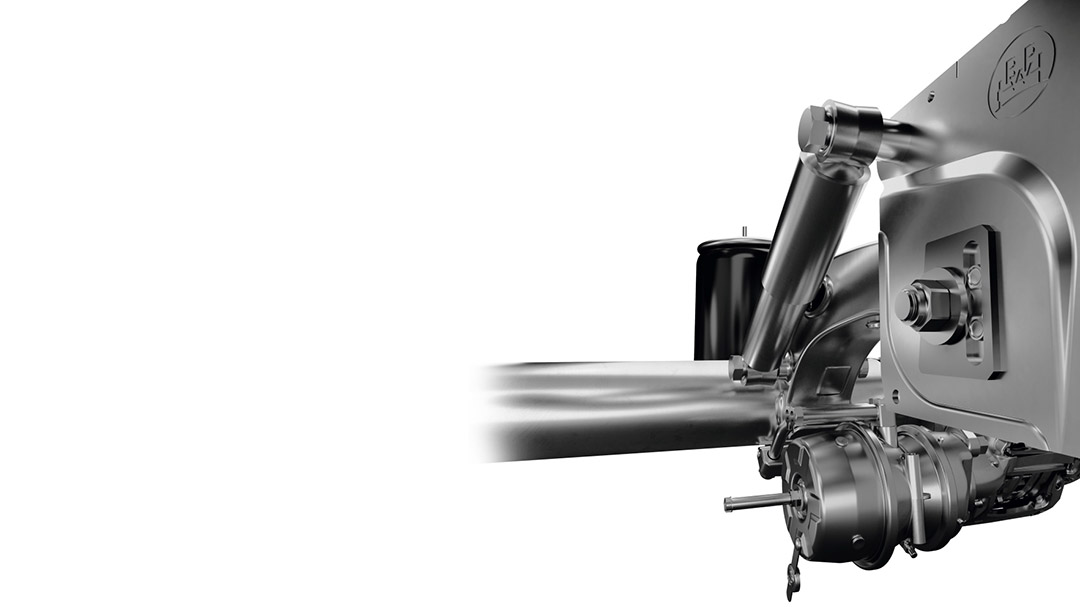
»The time saved in tracking adjustment is up to 10 minutes per axle or 30 minutes per axle unit.«
Hans Werner Kopplow, Head of the Electromobility Business Unit at BPW

